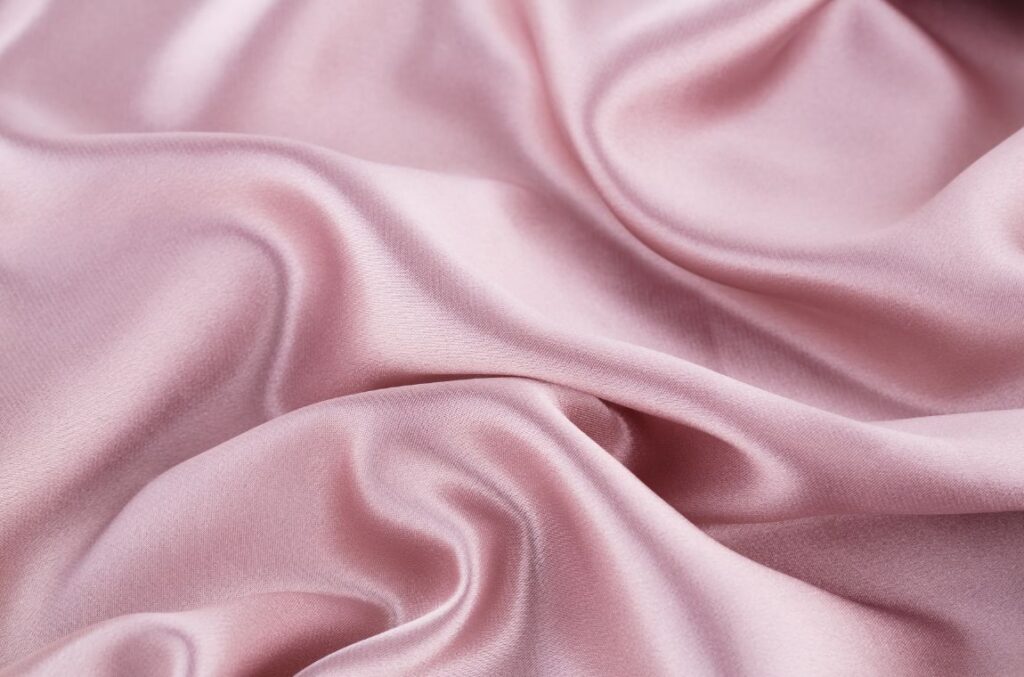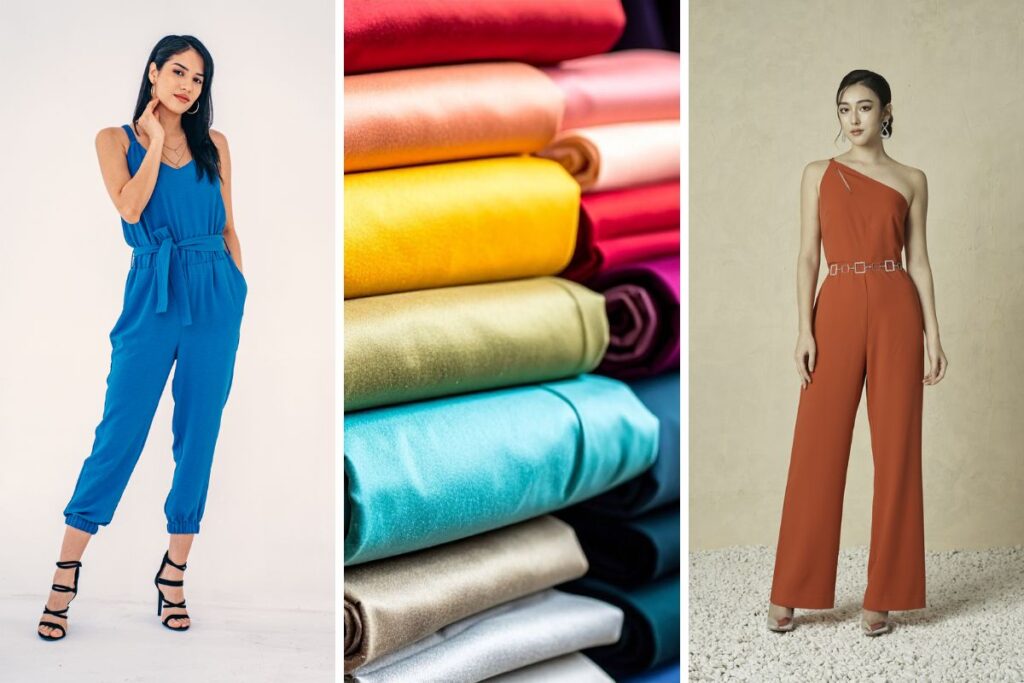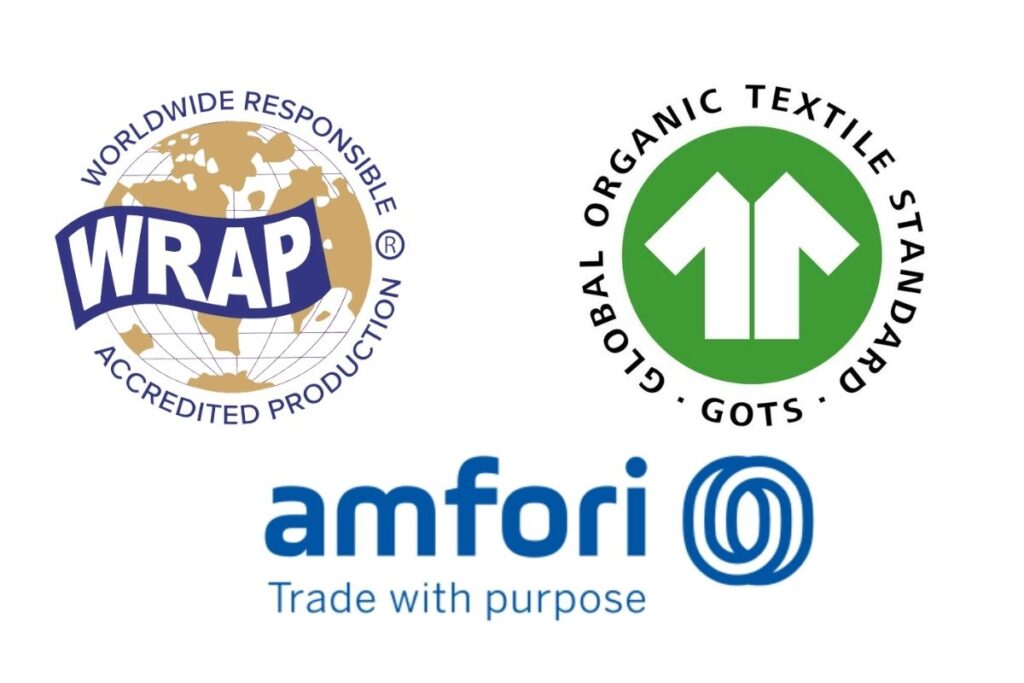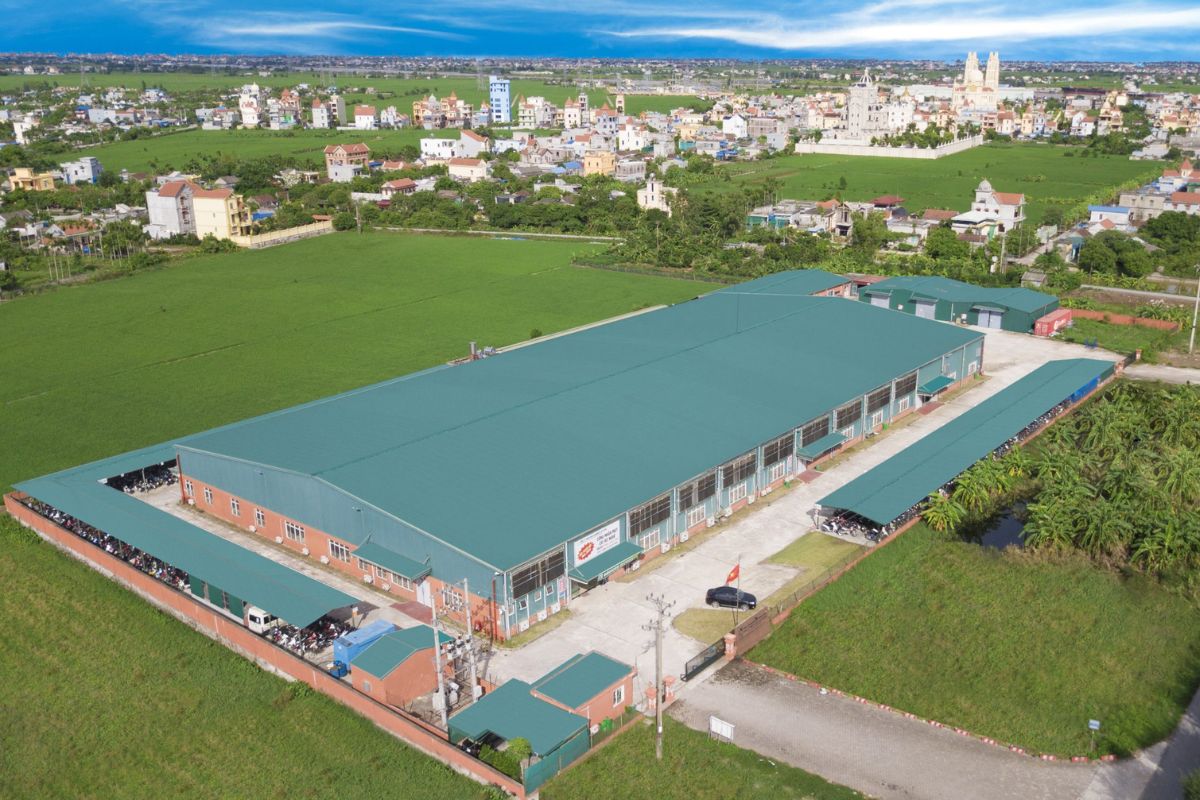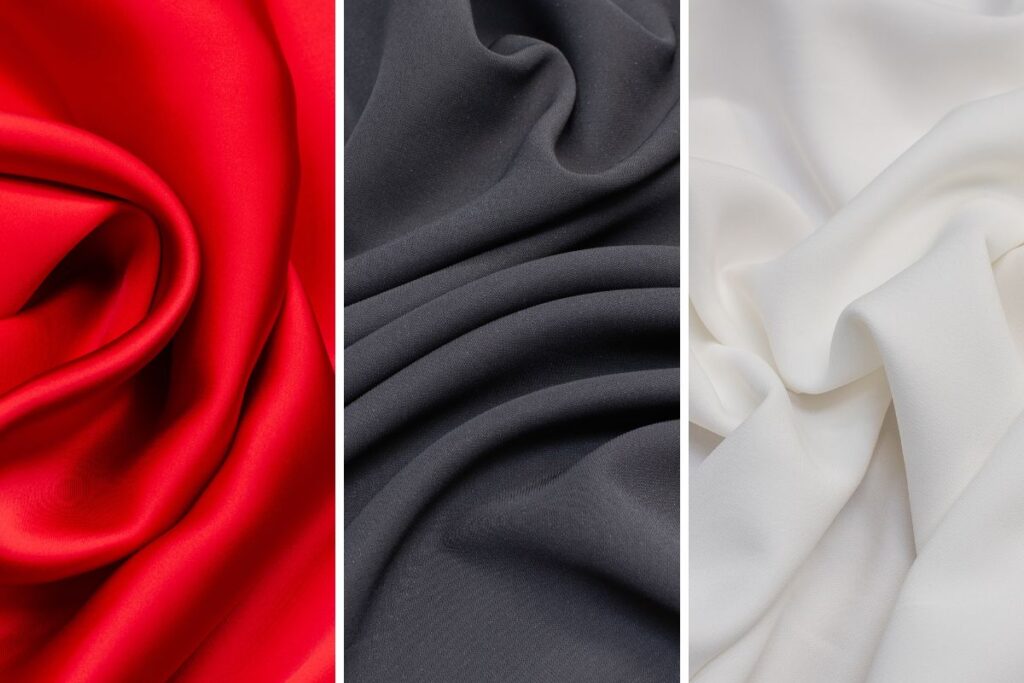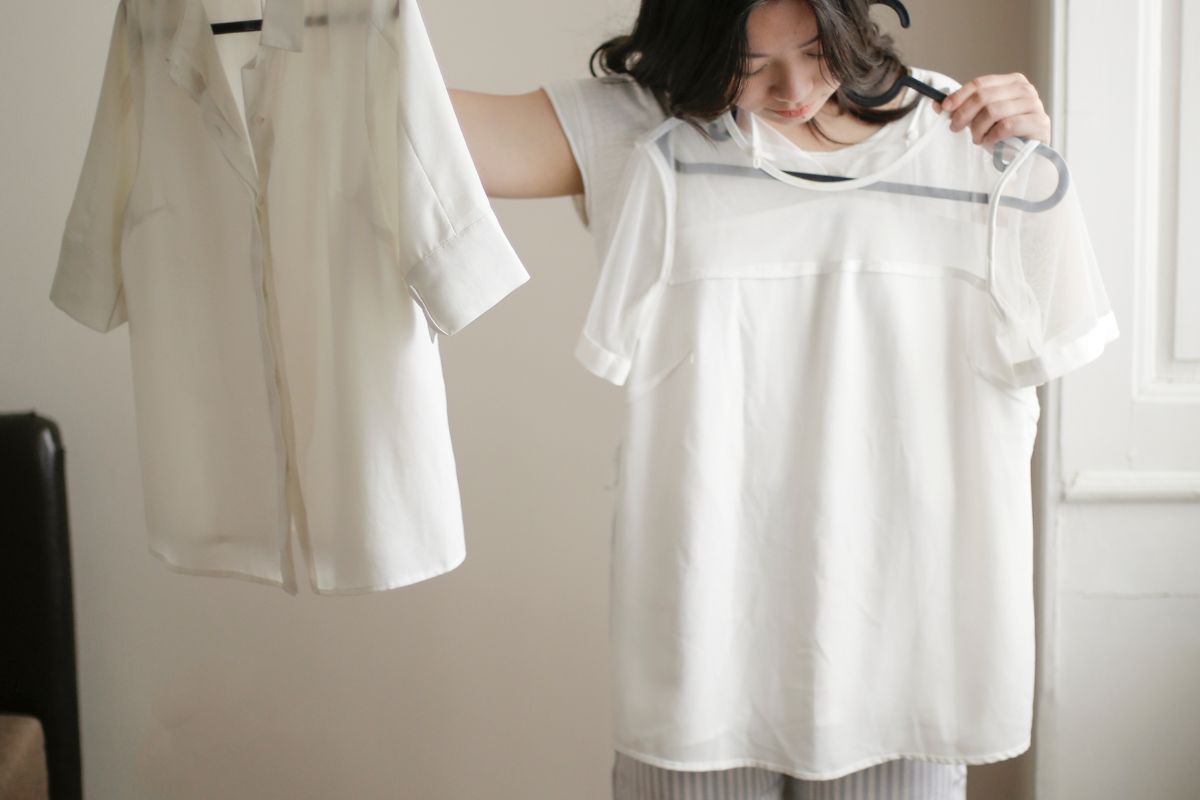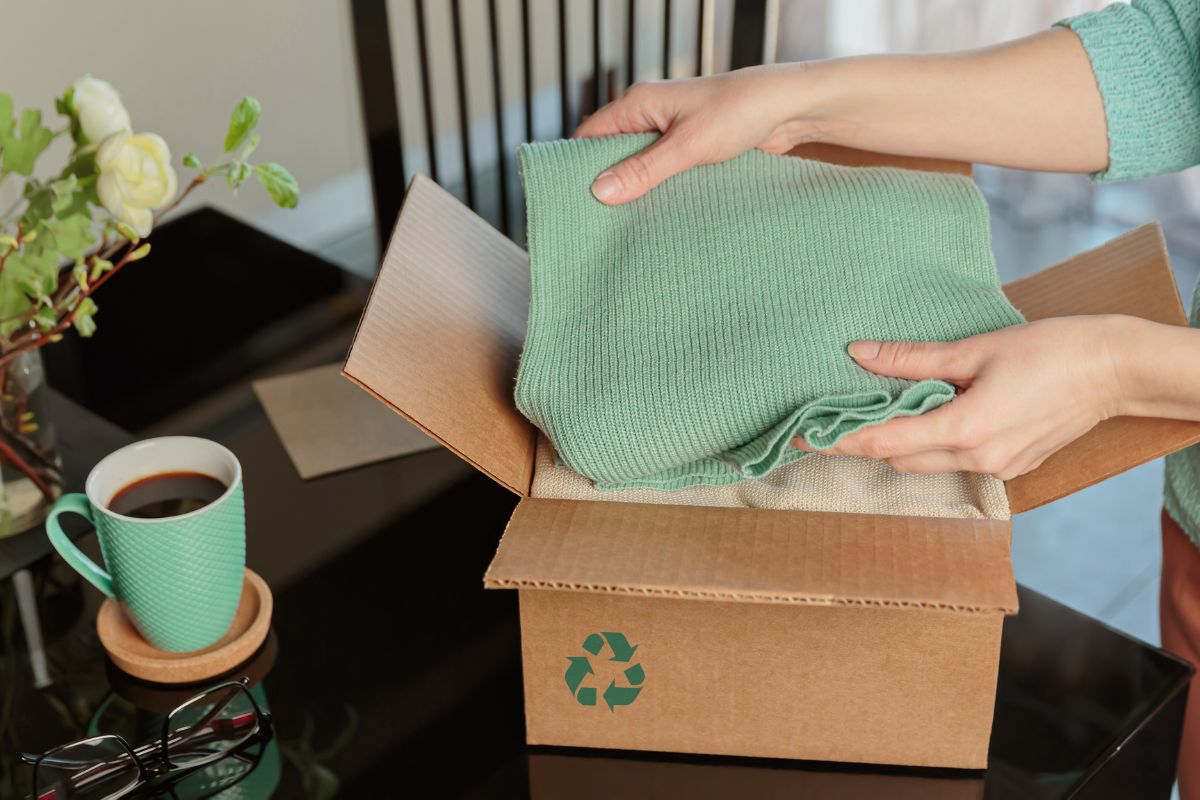For modern women’s apparel, softness is more than a comfort feature. It defines how garments feel, drape, and perform in everyday wear. From casual essentials to premium fashion collections, women consistently prioritize fabrics that are gentle on the skin, breathable, and refined in touch. Understanding what makes a fabric truly soft enables fashion brands to design better products and enhance customer satisfaction.
This guide explores the softest cloth materials used in modern women’s apparel to support smarter fabric decisions.
Quick Comparing Fabric Qualities
| Type of material | Softness | Breathability | Durability | Ideal use in ladies’ apparel |
| Silk | Very high | Moderate | Moderate | Luxury blouses, dresses, and lingerie |
| Modal | High | High | High | Tops, loungewear, underwear |
| Sateen | High | Moderate | Moderate | Dresses, skirts, sleepwear |
| Lyocell | High | Very high | High | Shirts, dresses, casual wear |
| Bamboo fabric | High | High | Moderate | Basics, sleepwear, activewear |
| Cotton | Medium to high | Very high | High | Everyday apparel, casualwear |
| Cashmere | Very high | Moderate | Moderate | Knitwear, premium layers |
| Viscose | High | High | Moderate | Dresses, blouses, skirts |
This comparison highlights how different fabrics balance softness with breathability and durability in women’s apparel. While silk and cashmere deliver exceptional softness for premium collections, materials like modal, lyocell, and cotton provide versatile comfort suitable for everyday wear
The softest fabrics commonly used in ladies’ apparel
1. Silk
- Origin: Silk is a natural protein fiber produced from silkworm cocoons, traditionally cultivated in Asia. It has been used in luxury textiles for centuries due to its refined texture and natural sheen.
- Why it’s soft: This fabric is soft because its fibers are extremely fine, continuous filaments with a naturally smooth surface. This structure minimizes friction against the skin while allowing the fabric to drape fluidly and feel cool, light, and gentle.
- Used for: Blouses, dresses, lingerie, and scarves. It is ideal for garments that require elegance and fluid drape.
- Best qualities: Silk offers a luxurious hand-feel and excellent temperature regulation. It enhances garment aesthetics while remaining gentle on the skin.
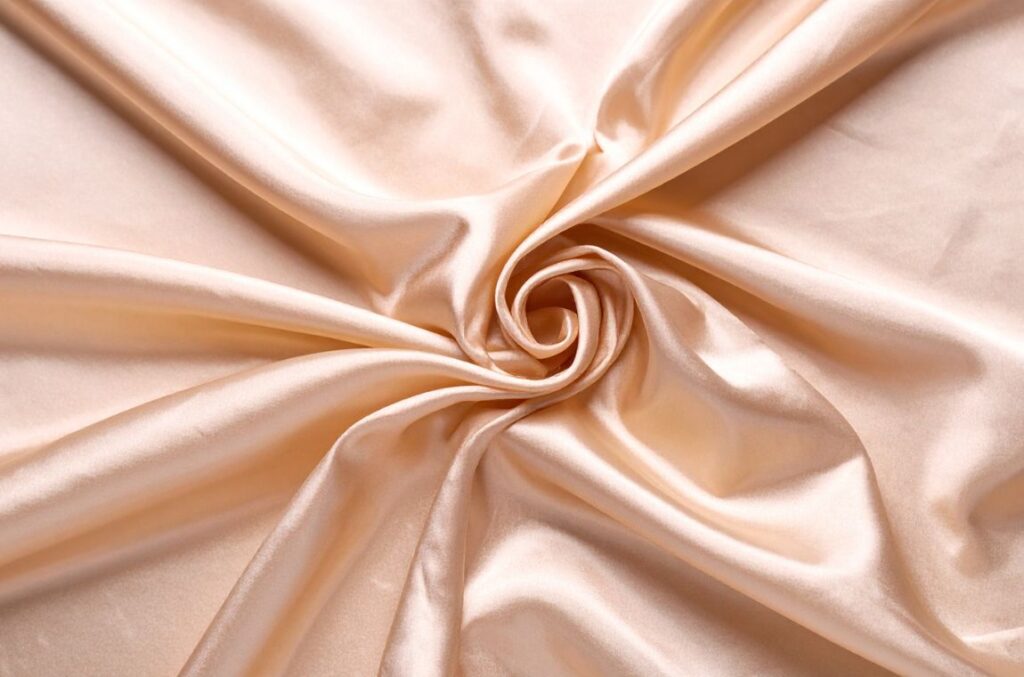
2. Modal
- Origin: Modal is a regenerated cellulose fiber made from sustainably sourced beechwood pulp. It is engineered to improve softness and durability compared to traditional viscose fibers.
- Why it’s soft: Modal’s softness comes from its refined cellulose fiber structure, which is smoother and more uniform than conventional viscose. The fibers bend easily, reduce surface roughness, and create a consistently soft, silk-like feel on contact.
- Used for: Tops, dresses, loungewear, and underwear. It performs well in everyday and close-to-skin apparel.
- Best qualities: Modal delivers a silky-soft touch with excellent breathability. It also retains color and shape after repeated washing.
3. Sateen
- Origin: Sateen refers to a weave structure rather than a fiber and is most often made from cotton or blended yarns. The weave emphasizes surface yarns to enhance smoothness.
- Why it’s soft: Sateen feels soft due to its satin-style weave, which places more yarns on the fabric surface. This construction reduces surface friction and creates a smooth, supple hand-feel while enhancing flexibility and drape.
- Used for: Dresses, skirts, sleepwear, and linings. It adds softness and visual refinement to garments.
- Best qualities: Sateen provides a smooth, soft surface with subtle sheen. It improves drape while maintaining fabric structure.

4. Lyocell
- Origin: Lyocell is a regenerated cellulose fiber produced from wood pulp using a closed-loop manufacturing process. It is known for combining comfort with sustainability.
- Why it’s soft: Lyocell fibers have a uniform internal structure and a naturally smooth surface, allowing the fabric to bend easily and absorb moisture efficiently. This combination reduces stiffness and creates a soft, cool sensation against the skin.
- Used for: Shirts, dresses, trousers, and casual wear.
- Best qualities: Lyocell feels soft and cool against the skin. It offers breathability while supporting responsible material sourcing.
5. Bamboo Fabric
- Origin: Bamboo fabric is a regenerated cellulose textile made from bamboo pulp. It is processed to create smooth fibers suitable for soft apparel applications.
- Why it’s soft: Bamboo-based fibers are processed into smooth, rounded filaments with low surface friction. Their soft texture and natural flexibility allow the fabric to glide comfortably over the skin without causing irritation or roughness.
- Used for: Sleepwear and activewear. It performs well in warm and humid conditions.
- Best qualities: It delivers a soft hand-feel with strong moisture management. Bamboo-based fabrics are often associated with comfort-focused collections
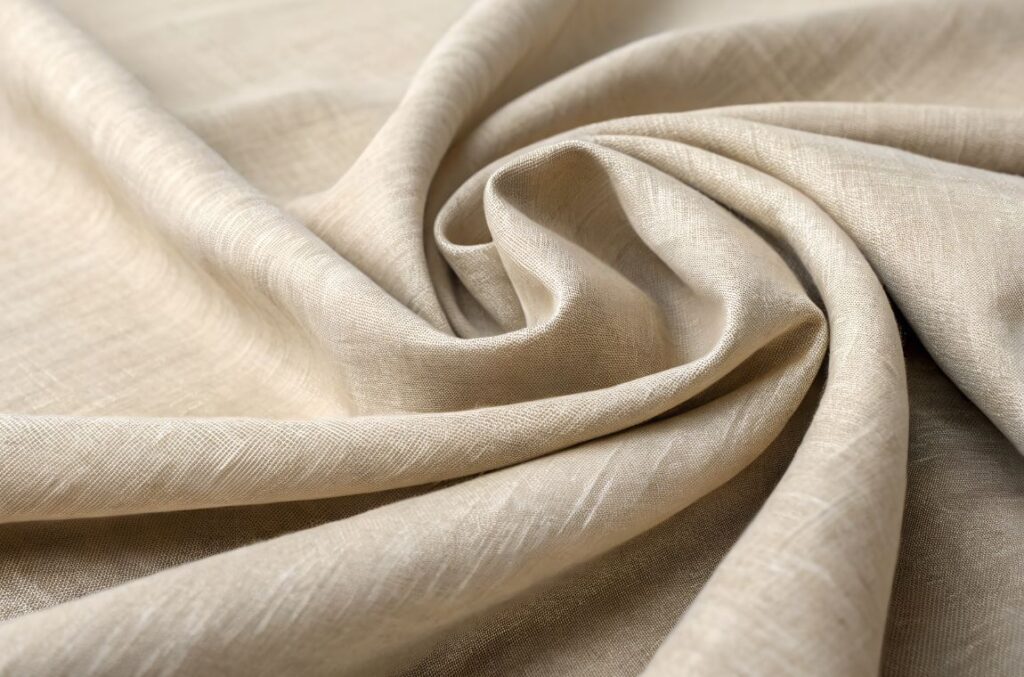
6. Cotton
- Origin: Cotton is a natural plant fiber harvested from cotton bolls and widely cultivated worldwide. Fiber quality varies depending on staple length and processing methods.
- Why it’s soft: Cotton’s softness depends on fiber length and fineness. Long, fine cotton fibers create smoother yarns with fewer protruding ends, resulting in a softer surface that becomes even more comfortable after washing and wear.
- Used for: Cotton is used across almost all categories of women’s apparel. It is a foundation fabric for everyday and seasonal collections.
- Best qualities: Cotton offers breathable, skin-friendly comfort. It is versatile, durable, and easy to adapt to different garment types.
7. Cashmere
- Origin: Cashmere is a natural animal fiber sourced from the soft undercoat of cashmere goats, primarily from Mongolia and surrounding regions. It is harvested through careful combing.
- Why it’s soft: Cashmere is exceptionally soft because its fibers are extremely fine and delicate, with a natural crimp that enhances flexibility. This structure allows the fabric to feel light, plush, and gentle without causing skin irritation.
- Used for: Sweaters, knit tops, and premium layering pieces. It is reserved for high-end apparel lines.
- Best qualities: Cashmere provides exceptional softness and warmth without weight. It elevates garments with a refined, luxurious feel.
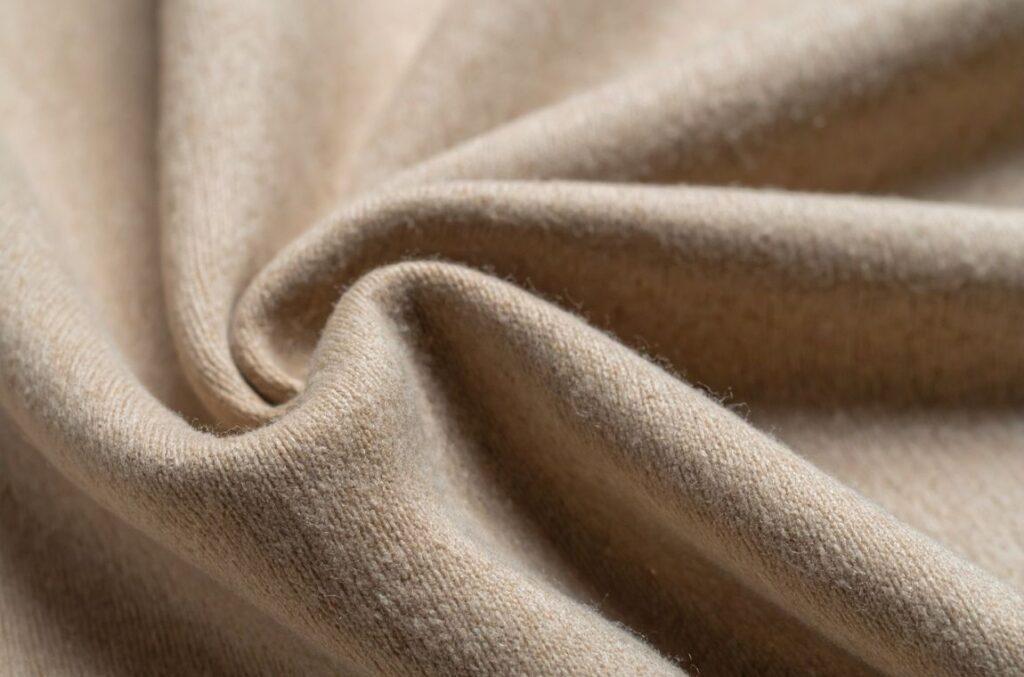
8. Viscose fabric
- Origin: Viscose is a regenerated cellulose fiber made from wood pulp through a controlled chemical process. It was developed as an accessible alternative to silk.
- Why it’s soft: Viscose fibers have a smooth surface and fluid internal structure that allows the fabric to move easily. This reduces stiffness and creates a soft, flowing hand-feel similar to silk, especially in lightweight garments.
- Used for: Dresses, blouses, and skirts. It supports flowing silhouettes and lightweight designs.
- Best qualities: Viscose offers a soft, silk-like feel at a competitive cost. It enhances drape and comfort in fashion apparel.
What determines fabric softness?
Fabric softness is defined by how a material responds to touch, movement, and prolonged wear. For women’s apparel, softness affects comfort, drape, and overall garment quality. While softness can feel subjective, it is shaped by measurable fiber and fabric properties that influence how a textile bends, compresses, and interacts with the skin. Understanding these factors helps fashion brands select fabrics that meet customer comfort expectations while maintaining durability and performance.
Key factors that determine fabric softness include:
- Fiber fineness and diameter: Finer fibers create a smoother, softer handfeel against the skin.
- Bending and compression behavior: Fabrics that flex and compress easily feel more supple and comfortable.
- Surface friction and smoothness: Lower friction reduces irritation and enhances perceived softness.
- Fabric thickness, density, and specific volume: Balanced structure improves softness without compromising shape or wearability.
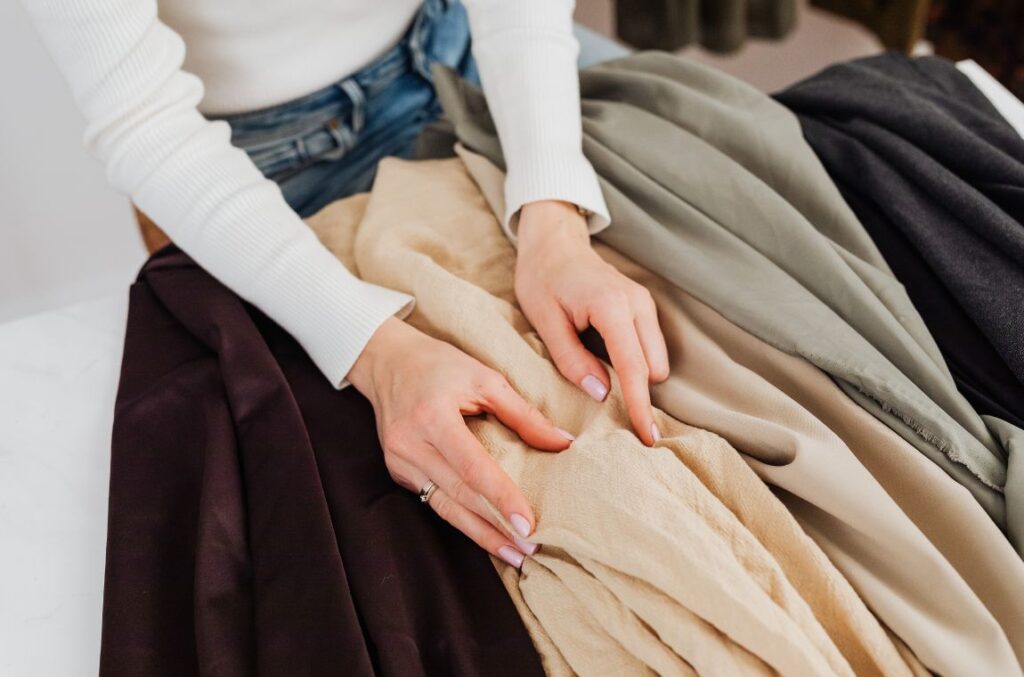
How to measure the softness of cloth material
Fabric softness can be evaluated through a combination of laboratory testing and expert assessment to ensure consistency and reliability. For women’s apparel brands, objective measurement helps translate subjective comfort into repeatable quality standards. These methods assess how a fabric reacts to tension, pressure, and movement, providing insight into its comfort performance during wear. When combined with professional hand-feel evaluation, they allow manufacturers to select and refine fabrics that meet premium softness expectations at scale.
- Tensile testing to evaluate flexibility and responsiveness
- Compression testing to measure fabric thickness reduction and yielding behavior
- Bending rigidity tests to assess stiffness and drape performance
- Expert hand-feel evaluation following standardized assessment guidelines
How manufacturers enhance fabric softness
Fabric softness is not only determined by fiber selection but also by the finishing techniques applied during manufacturing. Apparel producers use specialized processes to improve surface smoothness, flexibility, and overall hand-feel while preserving fabric performance. These methods allow women’s garments to feel softer, drape better, and meet comfort expectations across different wear occasions.
- Chemical softeners (such as silicone softeners) to reduce fiber-to-fiber friction
- Enzyme washing to gently remove rough surface fibers
- Sueding or brushing to create a velvety, plush hand feel
- Calendering to smooth and compress the fabric surface
- Quality testing and hand-feel evaluation to ensure consistent softness before production
Capital World Group supports global apparel brands seeking a trusted Vietnam garment manufacturer capable of delivering premium women’s wear with optimized cost, speed, and sustainability. Founded in 1967, this company operates 18 production lines with a skilled workforce of over 800 staff with strong social and environmental commitments backed by certifications including ISO 9001, Higg FEM, amfori BSCI, and SLCP, along with access to RCS, BCI, and FSC-ready fabrics.

